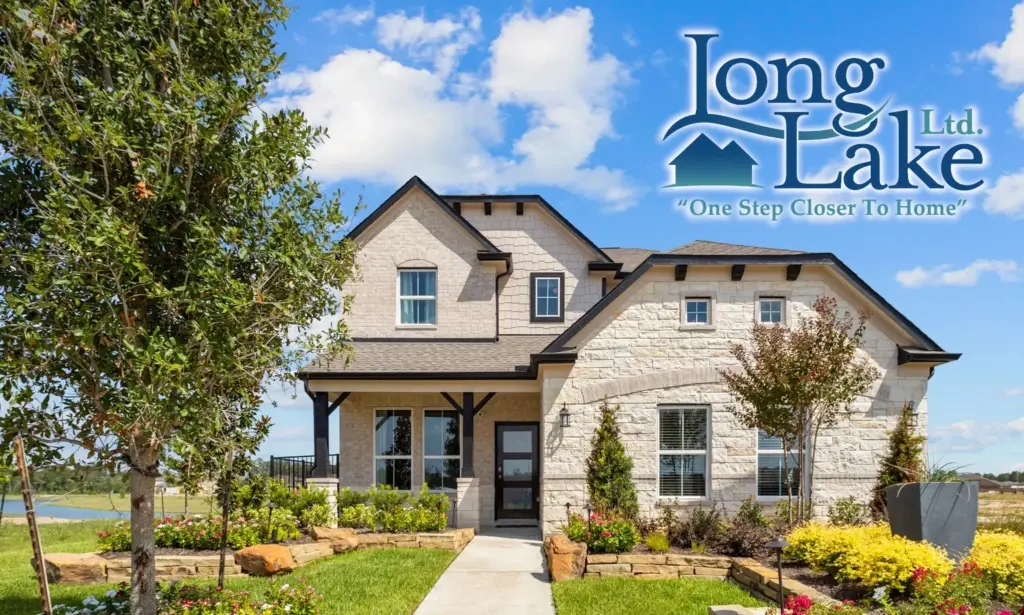According to an analysis prepared by Trulia, compared to renting, buying a house is a better deal in every major US housing market so long as mortgage rates remain below 5.2 percent.
Although the increasing interest rates will make homeownership unaffordable for some, the recent increase to over 4 percent isn’t expected to affect the housing activity.
Mortgage rates increased to 4.15 percent last week, up from 4.07 the week before and 3.59 percent the previous month. Last week applications for refinancing increased by 5 percent, but they were 11 percent below what they were three weeks ago. Applications to buy homes also increased 5 percent for the week and were 14 percent higher than the year-earlier levels.
Mortgage rates tracked the yields on 10 year treasury notes. Treasury notes have jumped because anxious investors are selling them due to worries that the Federal Reserve may begin to slow down the bond buying program it started last year. When bond prices fall, the yields increase. On Wednesday, 10 year treasury yields were at 2.21 percent, an increase of 1.62 percent over May.
Trulia reviewed specific US markets to determine how high the rates would have to be to make renting less expensive than owning a home. The company confirmed that the increasing mortgage rates will have more of an effect in the high-end housing markets. In San Jose California, mortgage rates that are over 5.2 percent would make renting more affordable than owning. In San Francisco, the tipping point is 5.4 percent and in Honolulu, it’s 5.8 percent.
In the rest of the country, to make renting more affordable than owning, the rates would have to be significantly higher. The rates would have to be 6.8 percent or more for the cost of owning to be more than the cost of renting in New York and in Orange County California. In Los Angeles and San Diego, rates would have to be 7.5 percent or more.
In the industrial Midwest, where homes are very inexpensive, rates would have to be substantially higher. In a Akrin, Ohio they would have to be over 17 percent and over 20 percent in Cleveland, Toledo, and Gary Indiana. For owning to become more expensive than renting in Detroit, rates would have to be 35.8 percent.
On a national level, Trulia confirmed that buying is still cheaper than renting as long as mortgage rates remain below 10.5 percent. This is due to the fact that housing prices have decreased substantially as a result of the housing bubble, while rental prices haven’t decreased as much.
What’s not certain, is the effect that higher rates will have on the borrower’s psychology. Regardless of the favorable buy-to-rent comparisons, increasing mortgage rates make housing more expensive. Generally, every point increase in mortgage rates makes housing approximately 10 percent more expensive for buyers. For example, on a $200,000 home with an interest rate of 3.9 percent, the monthly mortgage payment would increase by $56, roughly 6 percent compared to 3.4 percent.
Trulia’s buy-versus-rent analysis is based on 30 year fixed rate loans with a 20 percent down payment, and that buyers are staying in their homes a minimum of seven years and are deducting mortgage interest and property tax payments in the 25 percent tax bracket. The buy-versus-rent equation is only one way of estimating how increasing rates will influence affordability. It does not reflect demand in the housing market.


